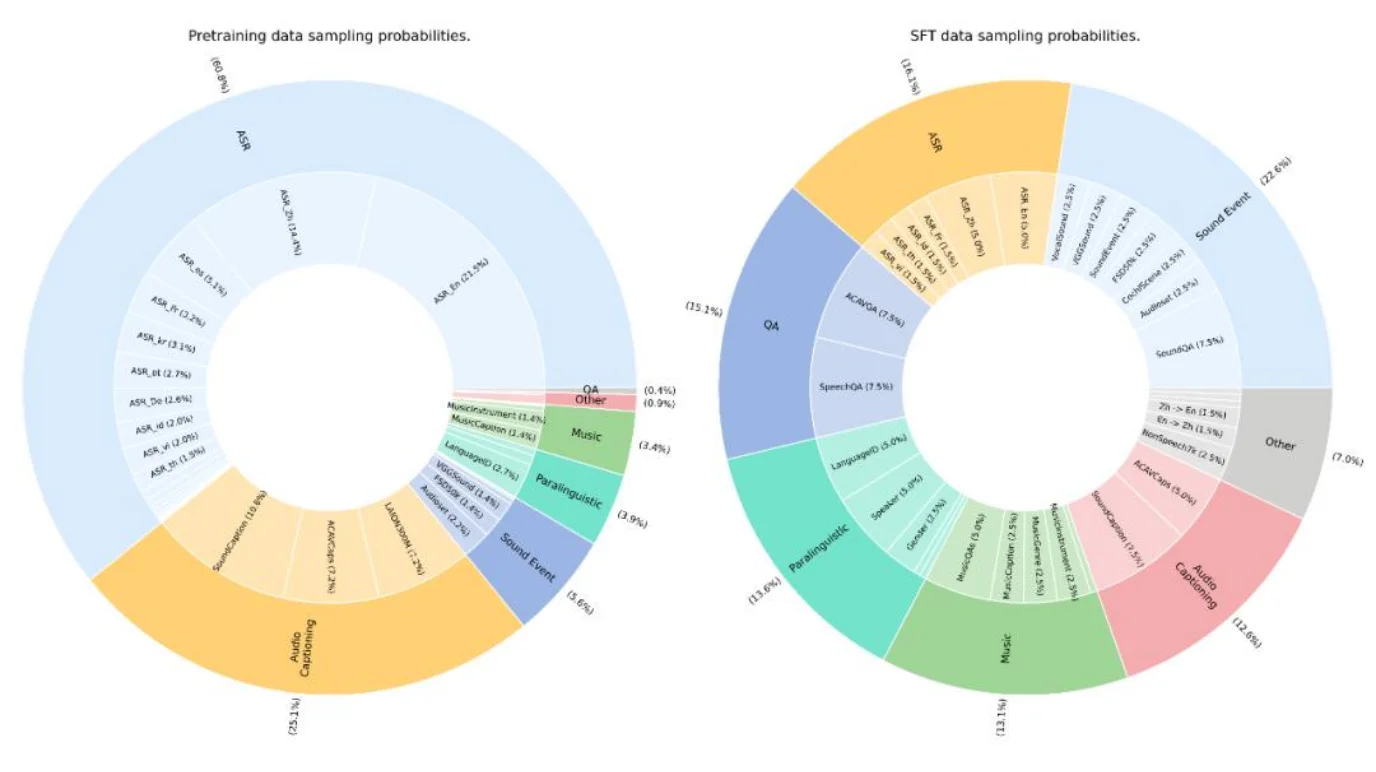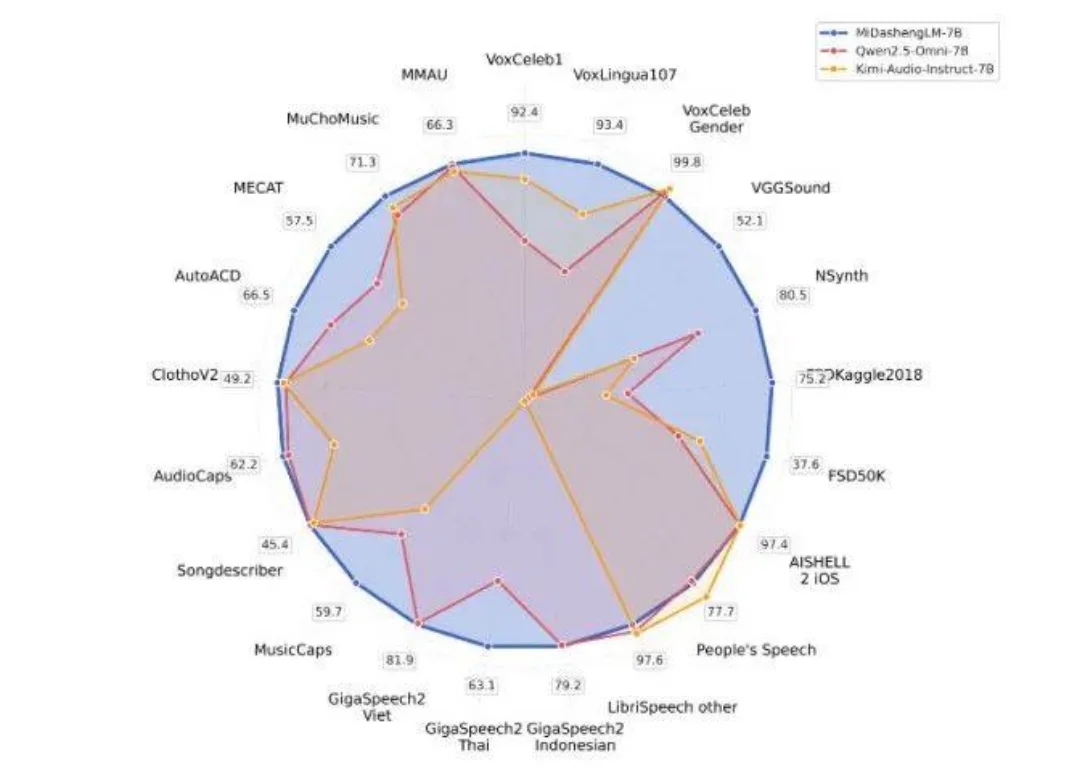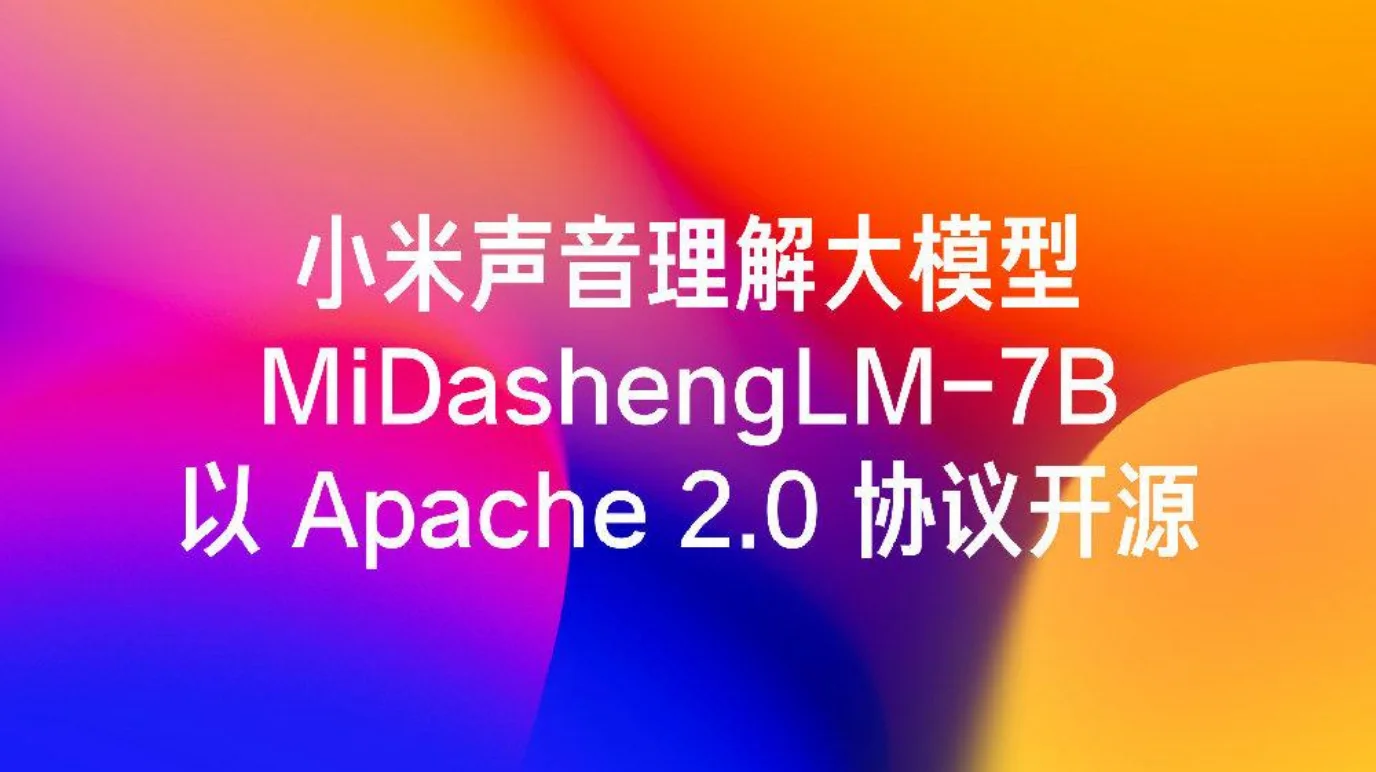Xiaomi’s Open-Source MiDashengLM-7B AI Voice Model

Xiaomi Redefines AI with Open-Source MiDashengLM-7B Voice Model
Xiaomi is making some serious waves in the AI scene, and honestly, it’s pretty exciting stuff for all of us who love their tech. They’ve just dropped MiDashengLM-7B, a brand-new, totally open-source AI voice model. This announcement, coming out on August 4th, 2025, isn’t just about Xiaomi flexing its innovation muscles; it’s a big deal for the whole industry. By making something this cutting-edge accessible, they’re really setting a new bar and opening doors for developers and businesses globally.
So, What Exactly is MiDashengLM-7B?
Think of MiDashengLM-7B as Xiaomi’s super-smart brain for understanding and processing voice. It’s specifically designed to make things smoother in electric vehicles (EVs) and smart home gadgets. This isn’t some random new thing; it’s built upon Xiaomi’s existing voice tech that’s already powering cool stuff like the YU7 car and a bunch of their connected home devices. Plus, they’ve integrated Alibaba’s open-source Qwen2.5-Omni-7B model into it.
What’s really neat about MiDashengLM-7B is its ability to actually listen to audio in real-time. It can pick out what’s important, even if there’s background noise, music, or other sounds going on. This means it’s brilliant at tasks like pinpointing specific sounds, like a car window breaking, which is pretty revolutionary for car security.

The performance numbers are pretty mind-blowing too. This model has smashed records on 22 different public evaluation datasets. We’re talking about a “time to first token” (TTFT) that’s four times faster than other top models, and it’s a whopping 20 times more efficient when it comes to using GPU memory. Basically, it’s not just quicker; it’s also way smarter about how it uses resources. This efficiency means it can actually run on devices with limited power, like your smartphone or the systems built into cars.
A Big Leap Towards Open Source
Now, this is where Xiaomi is really doing something different. A lot of tech companies, especially in China, tend to keep their best developments locked down. But Xiaomi? They’ve decided to release the source code for MiDashengLM-7B under the Apache 2.0 license. This move is fantastic for transparency, and it means developers and academics everywhere can actually get their hands on it, use it, and even make it better. Xiaomi’s clearly hoping to build a massive global community of creators who can plug this tech into their own projects – think custom virtual assistants, advanced security systems, or anything else you can dream up, without being tied to a closed-off system.

This open-source push also taps into a bigger trend happening in China. Tech giants like Alibaba and Tencent are already releasing AI models that can handle more than just text; they’re working with images, videos, and sounds too. By going open source, Xiaomi is playing the long game, aiming to really compete with the global leaders like OpenAI, whose tech, while super advanced, often comes with restricted access.
The Bigger Picture: The AI Arms Race
Xiaomi’s introduction of MiDashengLM-7B couldn’t come at a more critical time for China’s tech sector. With the smartphone market getting a bit crowded, companies like Xiaomi are wisely looking to branch out into high-growth areas like electric vehicles and, of course, artificial intelligence. This voice model is a cornerstone of Xiaomi’s strategy to deeply embed AI across its entire product ecosystem, from smart home appliances to their recently launched SU7 sedan.

AI has become a huge priority for China’s tech industry, backed by government initiatives and serious investment in research and development. By making MiDashengLM-7B open, Xiaomi isn’t just boosting its own market standing; it’s also helping to achieve national goals around technological self-sufficiency and establishing global leadership in AI standards.
Real-World Applications and Benefits
The impact of MiDashengLM-7B is going to be felt far beyond just tech labs. In the automotive world, for instance, this model will allow Xiaomi vehicles like the YU7 to do really smart things. Imagine your car being able to detect a specific event, like the sound of a window breaking, and immediately trigger an alarm without needing any extra motion sensors. That’s pretty neat!
In smart homes, the model is set to supercharge interactions with devices like the XiaoAI speakers. These assistants are already getting AI upgrades that will let them do everything from drafting scripts to finding information on the fly.
- Automotive: Enhanced in-car voice control, advanced security features (e.g., sound-based alerts).
- Smart Home: More responsive and intuitive interaction with smart speakers and appliances.
- Efficiency: Enables powerful AI on devices with limited computational power.
- Privacy: Potential for offline deployment reduces reliance on cloud processing.
What’s also super promising is its computational efficiency. This opens the door for it to be used on devices that don’t have a ton of processing power, potentially making advanced voice tech accessible in emerging markets. Xiaomi is already working on making the model even more optimized so it can run completely offline on devices. This would mean less dependence on the cloud and, importantly, better privacy for users.
Industry Impact and What’s Next
The launch of MiDashengLM-7B is more than just a technical achievement; it’s a clear signal that Xiaomi is serious about being a major player in the global AI race. By outperforming leading models in evaluation tests, they’re proving that you don’t necessarily need massive models to get top-tier performance. This challenges the old way of thinking about AI development.

For us consumers, this means a future where our Xiaomi devices, from cars to everyday appliances, will be smarter and quicker to respond. For developers, having the source code readily available on platforms like GitHub and Hugging Face is a golden opportunity to get creative and build tailored solutions.
A New Era of Intelligent Interaction
With MiDashengLM-7B, Xiaomi isn’t just raising the bar for AI voice technology; they’re also showing us what it means to be a true tech leader in the 21st century. By blending innovation with accessibility and a focus on practical applications, the company is paving the way for a more connected and intelligent future. This release is a solid testament to how open-source technology can be a game-changer, not just for businesses, but for everyone.
Want to dive deeper into MiDashengLM-7B? You can find all the nitty-gritty technical details on open-source platforms like GitHub, or keep an eye on Xiaomi’s official channels for the latest updates.







3 thoughts on “Xiaomi’s Open-Source MiDashengLM-7B AI Voice Model”